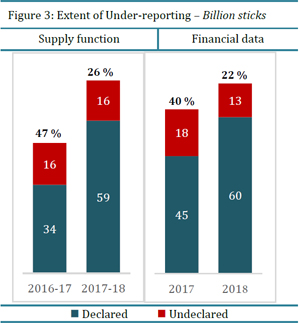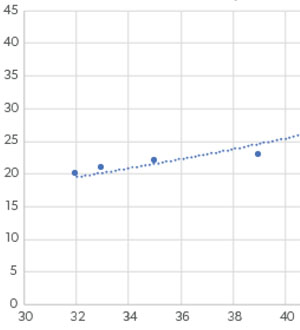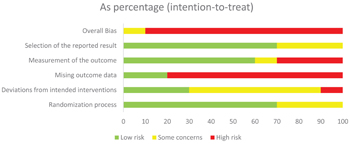Acute health effects of heated tobacco products: comparative analysis with traditional cigarettes and electronic cigarettes in young adults
Background: Heated tobacco products (HTPs) were designed to deliver nicotine by heating the tobacco instead of burning it. This study aimed to examine the acute health effects on the respiratory and cardiovascular systems during the use of HTPs and compare these effects with acute health effects evoked by cigarette smoking or electronic cigarettes (e-cigarettes).
Part two: an unblinded, parallel, randomized study to assess nicotine pharmacokinetics of four Vuse Solo ENDS flavors in smokers
We report the findings from a randomized, parallel study designed to evaluate nicotine pharmacokinetics (PK) following 10 min of ad libitum use of electronic nicotine delivery system (ENDS) in four flavor variants. Subjects were randomized an investigational product (IP) and blood samples were collected for PK assessments during a test session.
The controversial effect of smoking and nicotine in SARS-CoV-2 infection
The effects of nicotine and cigarette smoke in many diseases, notably COVID-19 infection, are being debated more frequently. The current basic data for COVID-19 is increasing and indicating the higher risk of COVID-19 infections in smokers due to the overexpression of corresponding host receptors to viral entry. However, current multi-national epidemiological reports indicate a lower incidence of COVID-19 disease in smokers. Current data indicates that smokers are more susceptible to some diseases and more protective of some other.
Functional Alpha 7 nicotinic receptors in human airway smooth muscle increase intracellular calcium concentration and contractility in asthmatics
Although nicotinic acetylcholine receptors (nAChRs) are commonly associated with neurons in the brain and periphery, recent data indicate they are also expressed in non-neuronal tissues. We recently found the alpha7 (Alpha 7nAChR) subunit is highly expressed in human airway smooth muscle (hASM) with substantial increase in asthmatics, but their functionality remains unknown.
Osseointegration of implants with superhydrophilic surfaces in rats with high serum levels of nicotine
This study aimed to evaluate the effect of nicotine administration on the osseointegration of a superhydrophilic implants surface on rat tibiae. Thirty-two rats were used and divided into 2 groups according to the administration or not of nicotine: HH - Installation of implants with superhydrophilic surfaces in healthy animals; and HN - Installation of implants with superhydrophilic surfaces in animals subjected to nicotine administration.
E-Cigarette Use, Small Airway Fibrosis, and Constrictive Bronchiolitis
Background: Vaping, including the use of electronic cigarettes (e-cigarettes), has become increasingly prevalent, yet the associated long-term health risks are largely unknown. Given the prevalence of use, particularly among adolescents early in their lifespan, it is vital to understand the potential chronic pathologic sequelae of vaping.
A 43-Year-Old Brazilian Man with Acute Impairment of Lung Function and Pulmonary Nodules with Features of Electronic Cigarette or Vaping Product Use-Associated Lung Injury (EVALI)
BACKGROUND Electronic smoking devices were created, and their production industrialized, recently. Since their creation, their use has spread widely. This increase in users led to the appearance of a new lung condition. In 2019, the CDC established the criteria for the diagnosis of electronic cigarette or vaping product use-associated lung injury (EVALI) and the eponym EVALI is now widely recognized.
Effect of perioperative high-dose transdermal nicotine patch on pain sensitivity among male abstinent tobacco smokers undergoing abdominal surgery: a randomized controlled pilot study
Background and aims: Previous studies have focused on the role of perioperative nicotine replacement therapy (NRT) in improving the success rate of long-term smoking cessation in tobacco smokers. This study aimed to measure the effectiveness of high-dose NRT in alleviating postoperative pain for male abstinent smokers receiving abdominal surgery.
Research
Reports
Featured Posts
Evaluating the effectiveness of e-cigarettes compared with usual care for smoking cessation when offered to smokers at homeless centres: protocol for a multi-centre cluster-randomized controlled trial in Great Britain




